A GATHERING OF GNUS
There is no such thing as social distancing for wildebeest.
Gathering gnus, lurking crocs, prowling lions and drama of dizzying heights.
The migration has arrived in Kenya! It’s that time of year when a usually underrated animal steps into the spotlight. White-bearded wildebeests welcome on stage.
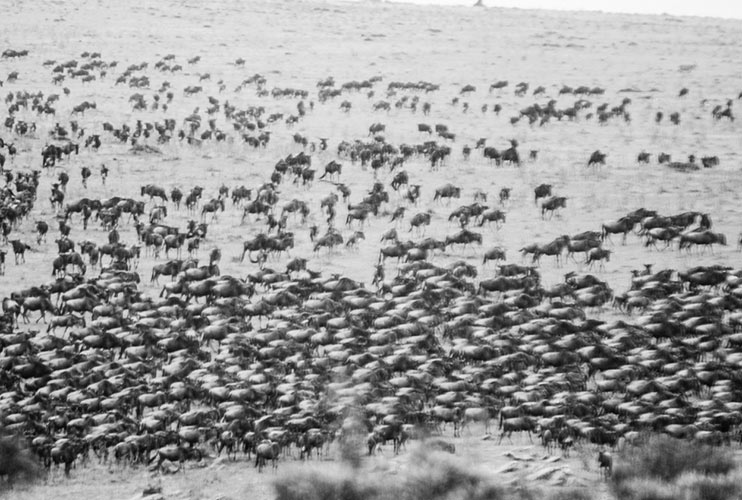
Large herds of gnus gathering in the Masai Mara ©Mark Boyd
This year, however, the wildebeest aren’t getting quite their usual welcoming committee of paparazzi. Coronavirus has put a stop to that. In fact, it’s going to make for one of the quietest seasons the Masai Mara has ever seen – and is likely ever to see again!
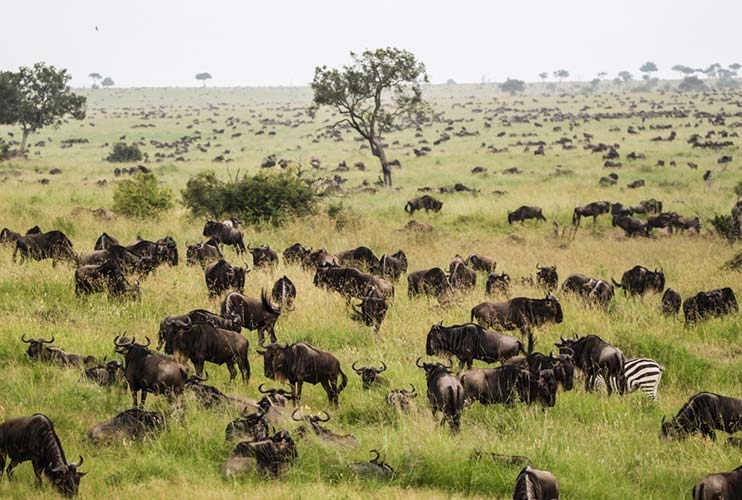
Dotted plains on a game drive ©Mark Boyd
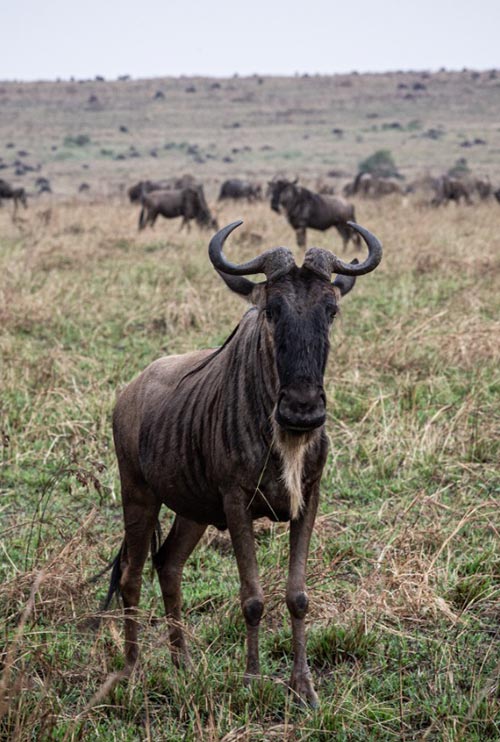
Gnus communicate through sight and smell, but are also very vocal ©Mark Boyd
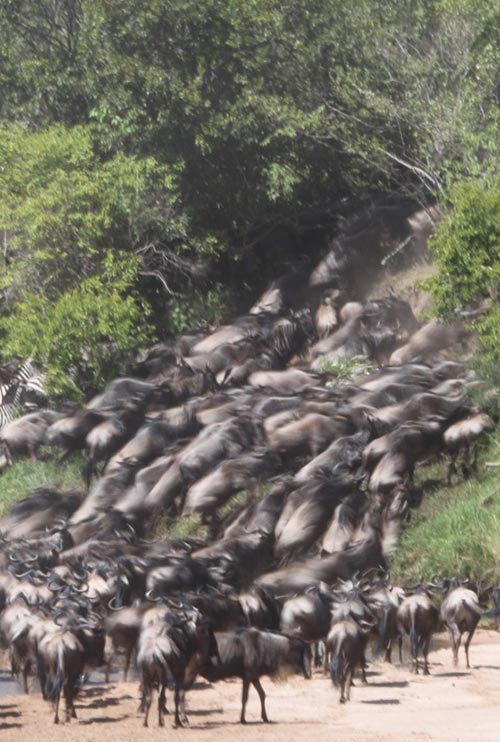
Dust flies as hordes of wildebeest clamber to cross rivers ©Mark Boyd
Fortunately, the pandemic has not put a stop to ‘the greatest show on earth’. Uninhibited by international flight restrictions and social distancing, wildebeest, zebras and an assortment of antelopes are currently crossing the border from Tanzania’s Serengeti into Kenya’s Masai Mara in their millions.
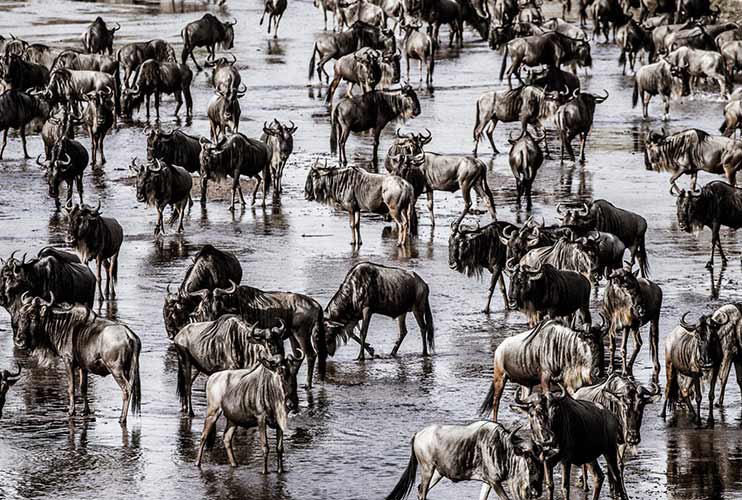
The Sand River teaming with wildebeest ©Scott Ramsay
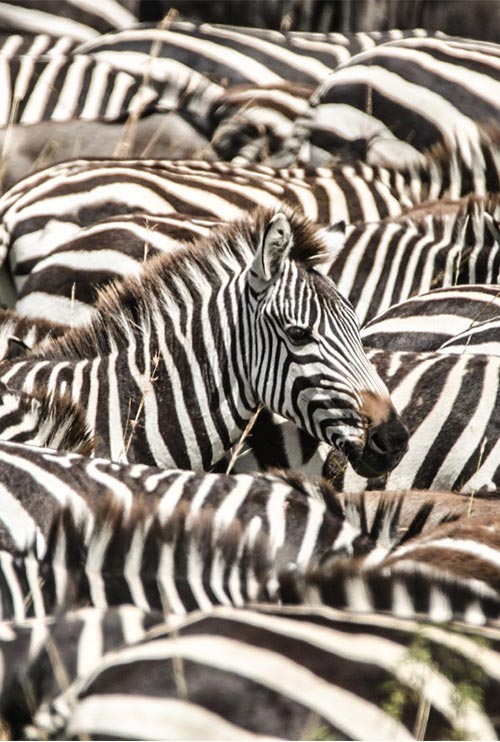
200,000 zebra are also on the move ©Mark Boyd
Sala’s Camp is one of the first places in Kenya to be enveloped by their grunting antics, black dots packing the plains around Camp as far as the eye can see. We’ve been bubbling with excitement witnessing the drama unfold, with lion hunts and kills galore.
What an opportunity for Kenyan’s to enjoy an exclusive viewing of one of the world’s largest overland migrations.
Over 1.5 million wildebeest, zebra and antelope migrate clockwise around the Serengeti-Masai Mara ecosystem, travelling 800 kilometres.
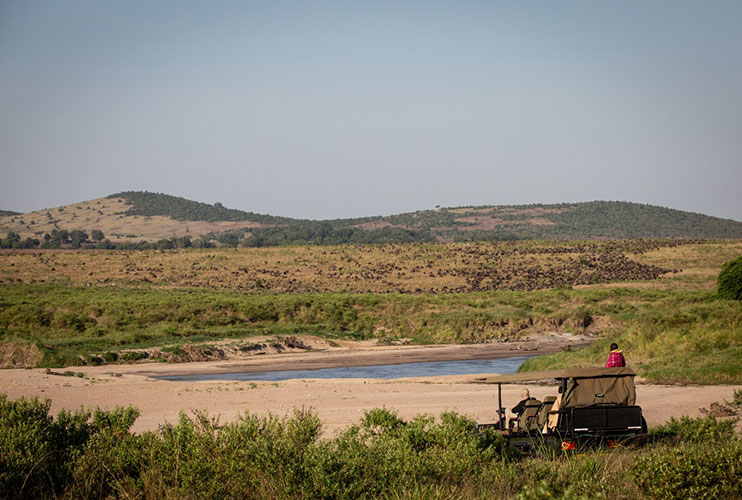
The Mara is quiet without any international guests ©Mark Boyd
Our guests this week, Bobby Neptune and the Kenya Tourism Board, captured some of the striking scenes around Camp on film. Check out their footage of some of the first herds crossing the Sand River right in front of the lodge!
But what makes these animals embark on such a treacherous cycle which takes them over 800 kilometres around the Greater Serengeti-Mara Ecosystem? Most widely believed is that the animals crave the taste of certain nutrients (phosphorous and nitrates), which causes them to follow the growth of new grass with the rains. Other scientists look to DNA to explain their inner compass; it’s simply instinct, coded into them from birth.
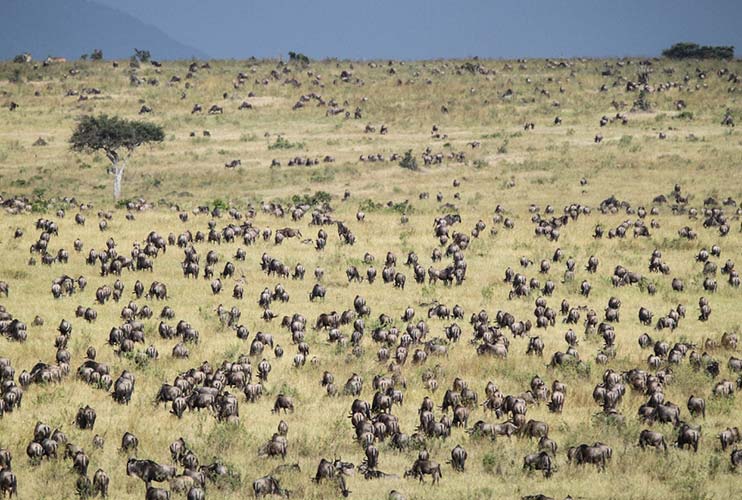
Simply seeing the savannah filled with millions of animals is a momentous sight to behold ©Mark Boyd
Certainly, this species of wildebeest is made for migrating. Unlike the black wildebeest found in South Africa, the white-bearded wildebeest, or blue wildebeest, has particularly high set shoulders in comparison to its lower quarters. This gives then a rather strange ‘hunched’ look but means they’re perfectly adapted for steady running over long distances. They also have special nostril flaps to block dust and are incredibly agile on their spindly legs, able to gallop away from predators at 40 miles per hour in short bursts. Even new-born calves can stand and run within a few minutes of being born. Impressive stuff.
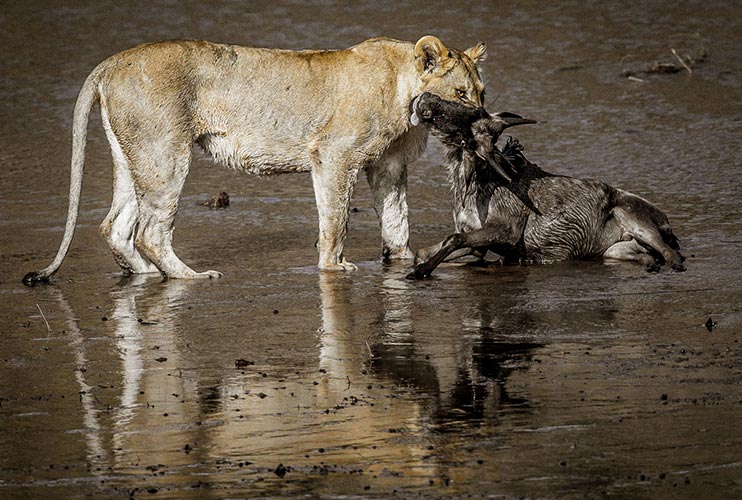
Predators make the most of easy pickings ©Scott Ramsay
Whilst travel restrictions may have impeded your Mara migration this year, why not start planning your 2021 Masai Mara safari and wildebeest adventure of a lifetime? The gnus will be there, that’s for sure, so don’t miss out on the action!
RELATED NEWS

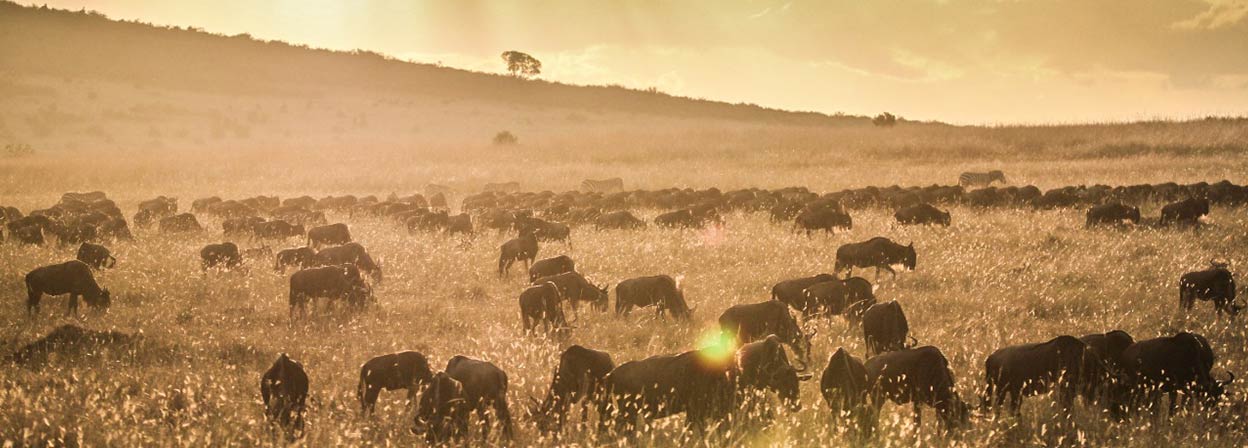
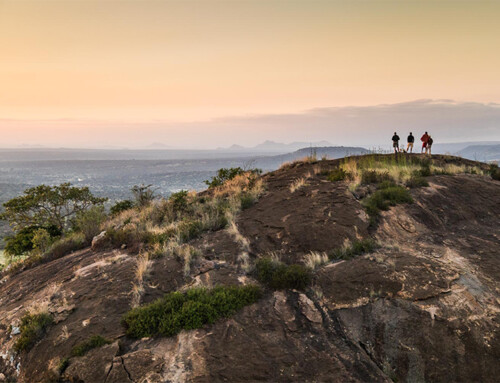
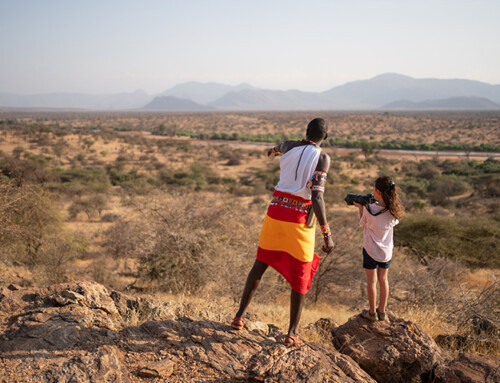

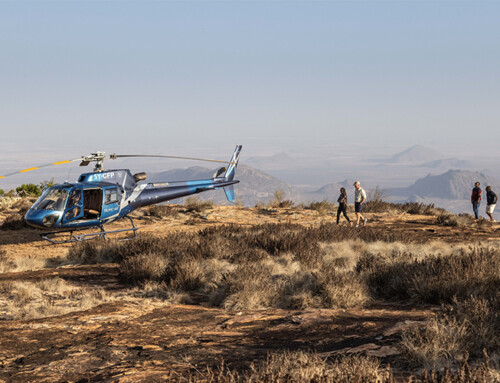
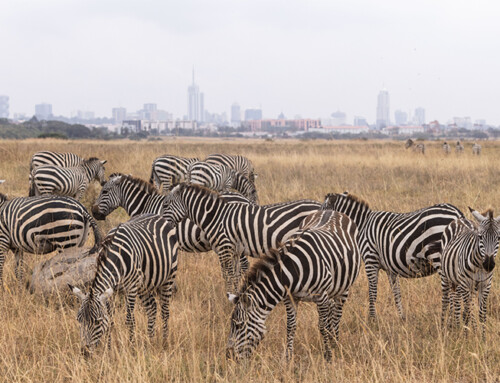
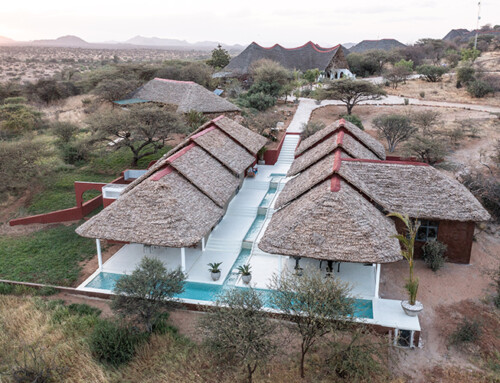
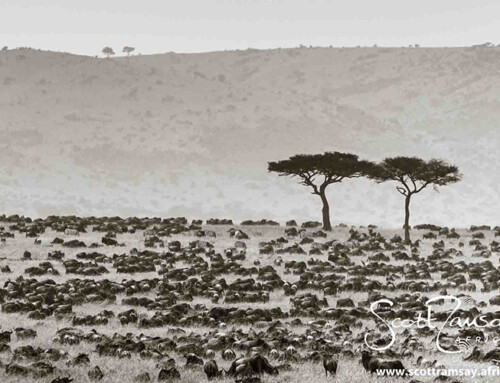







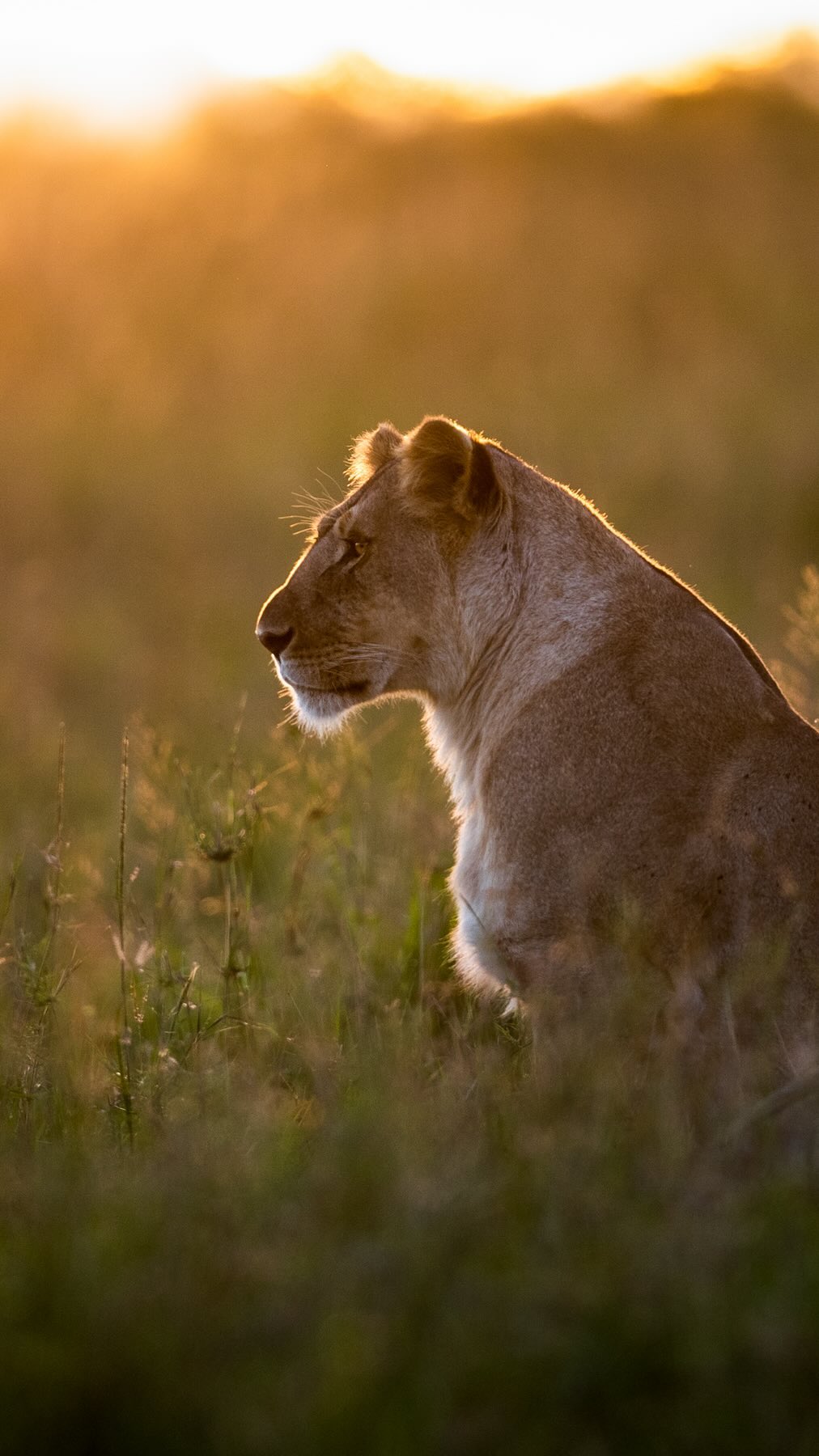
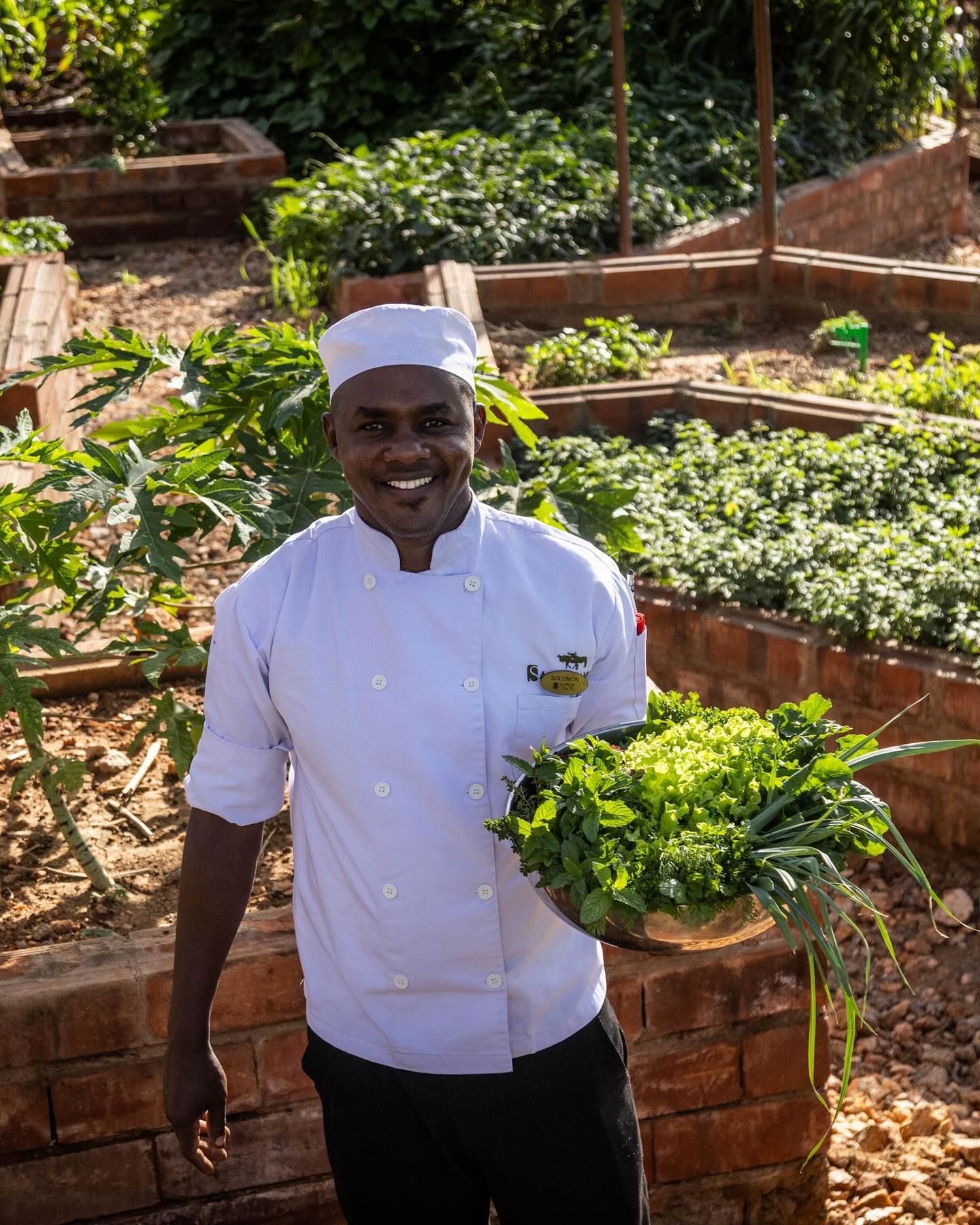
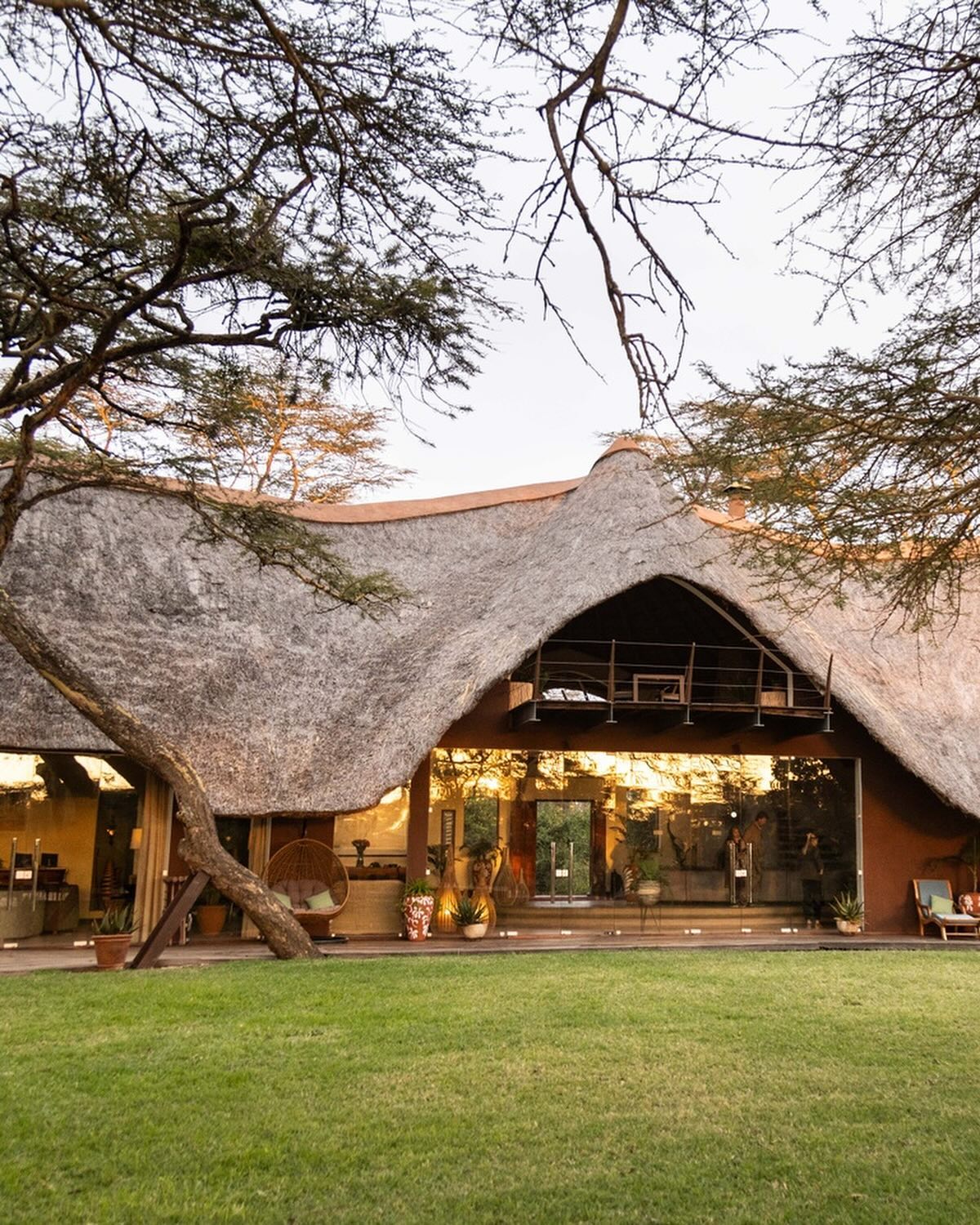
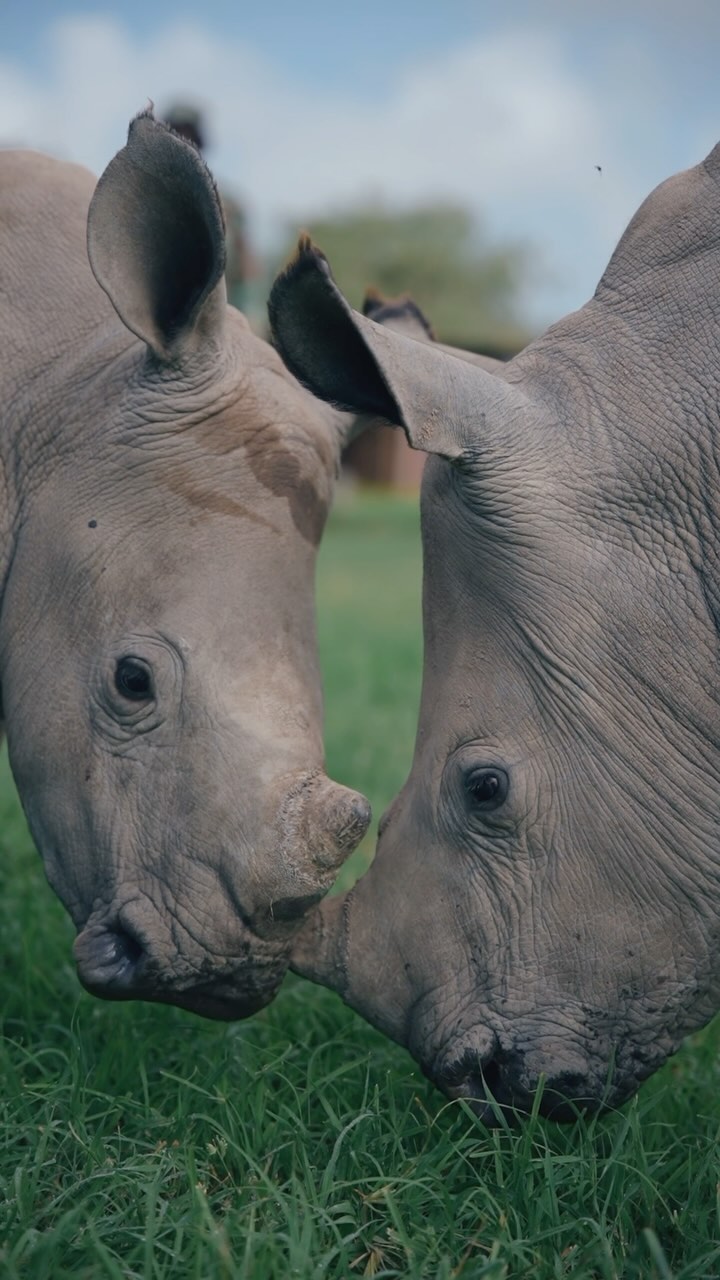
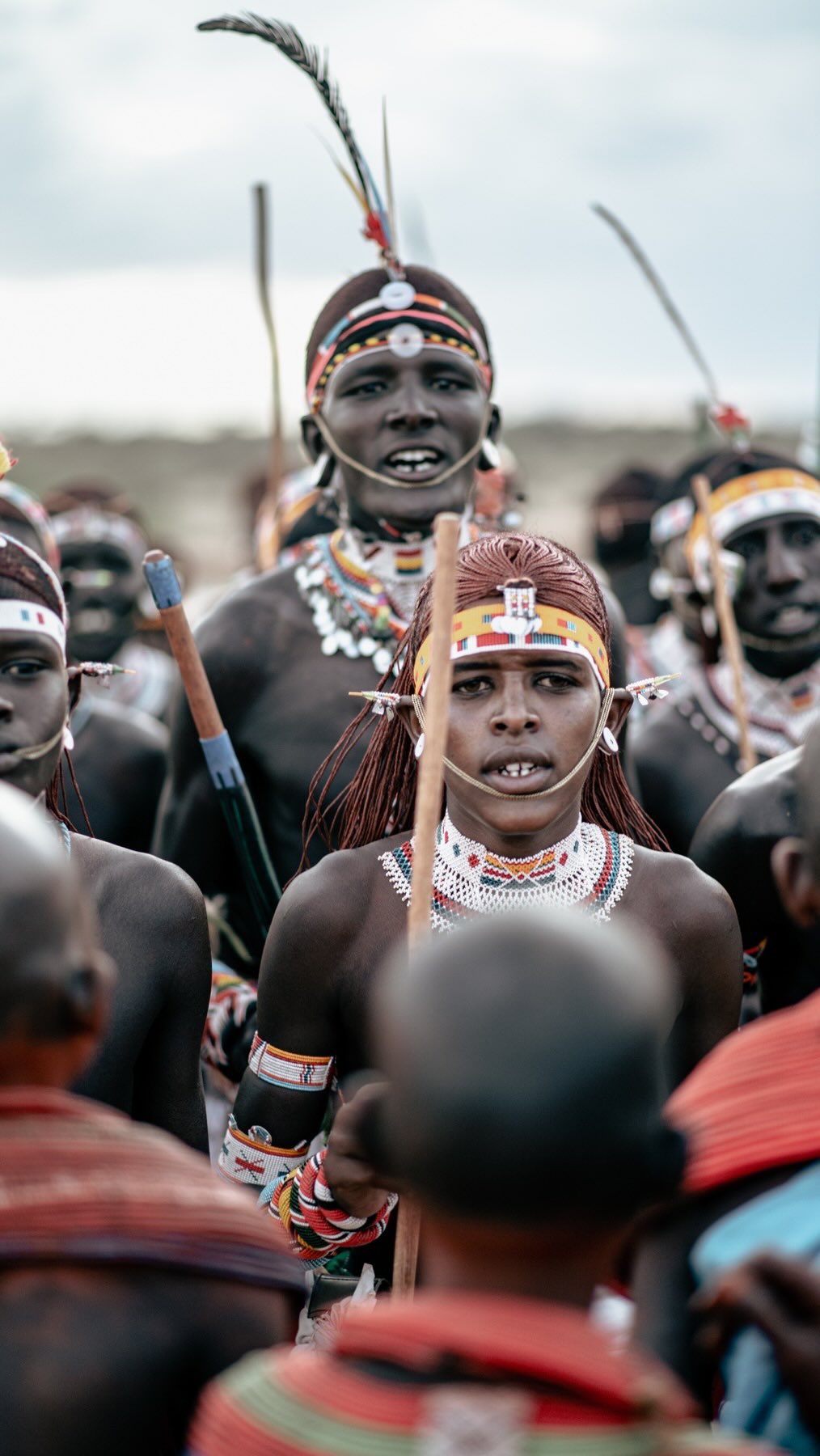
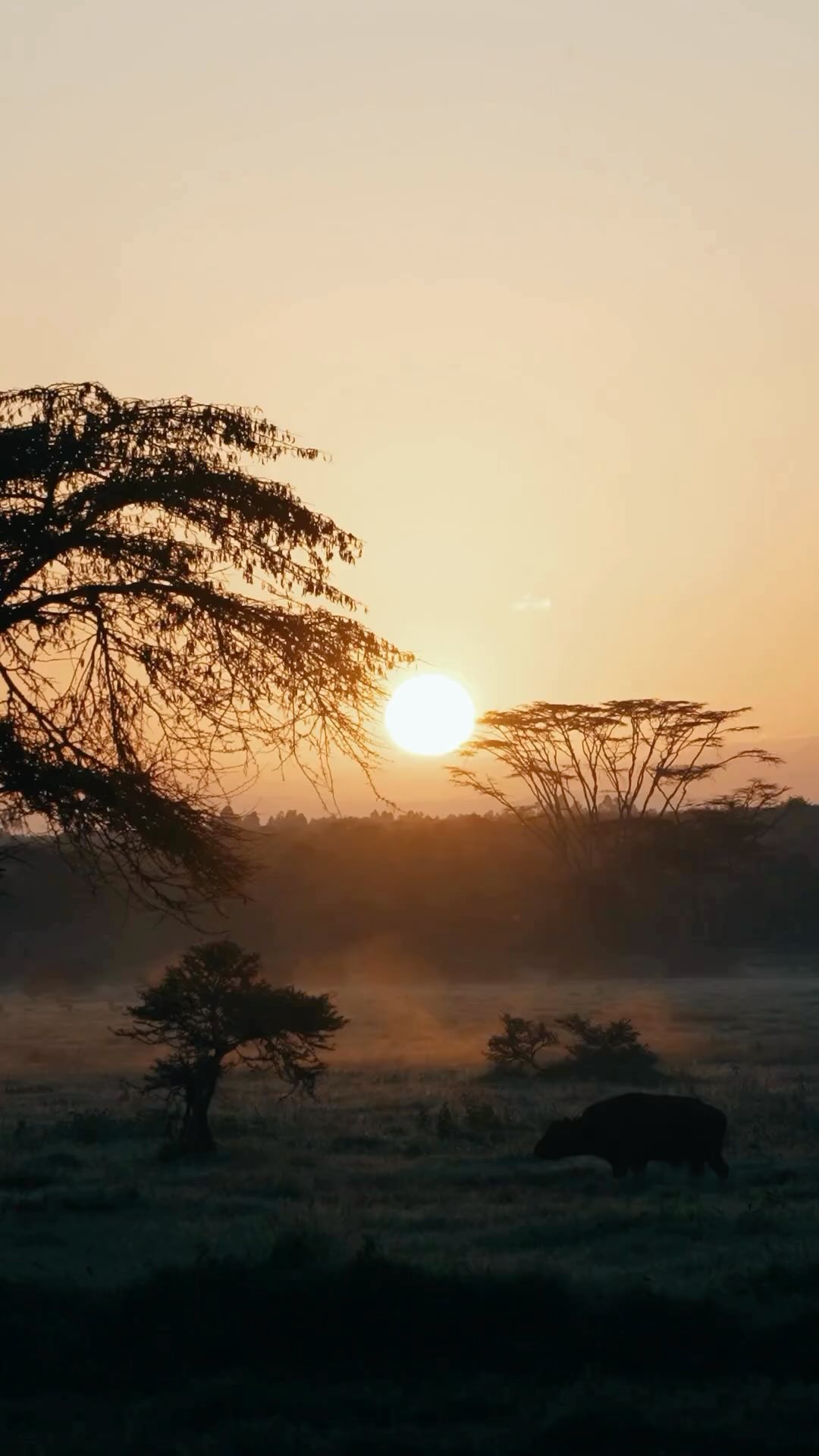
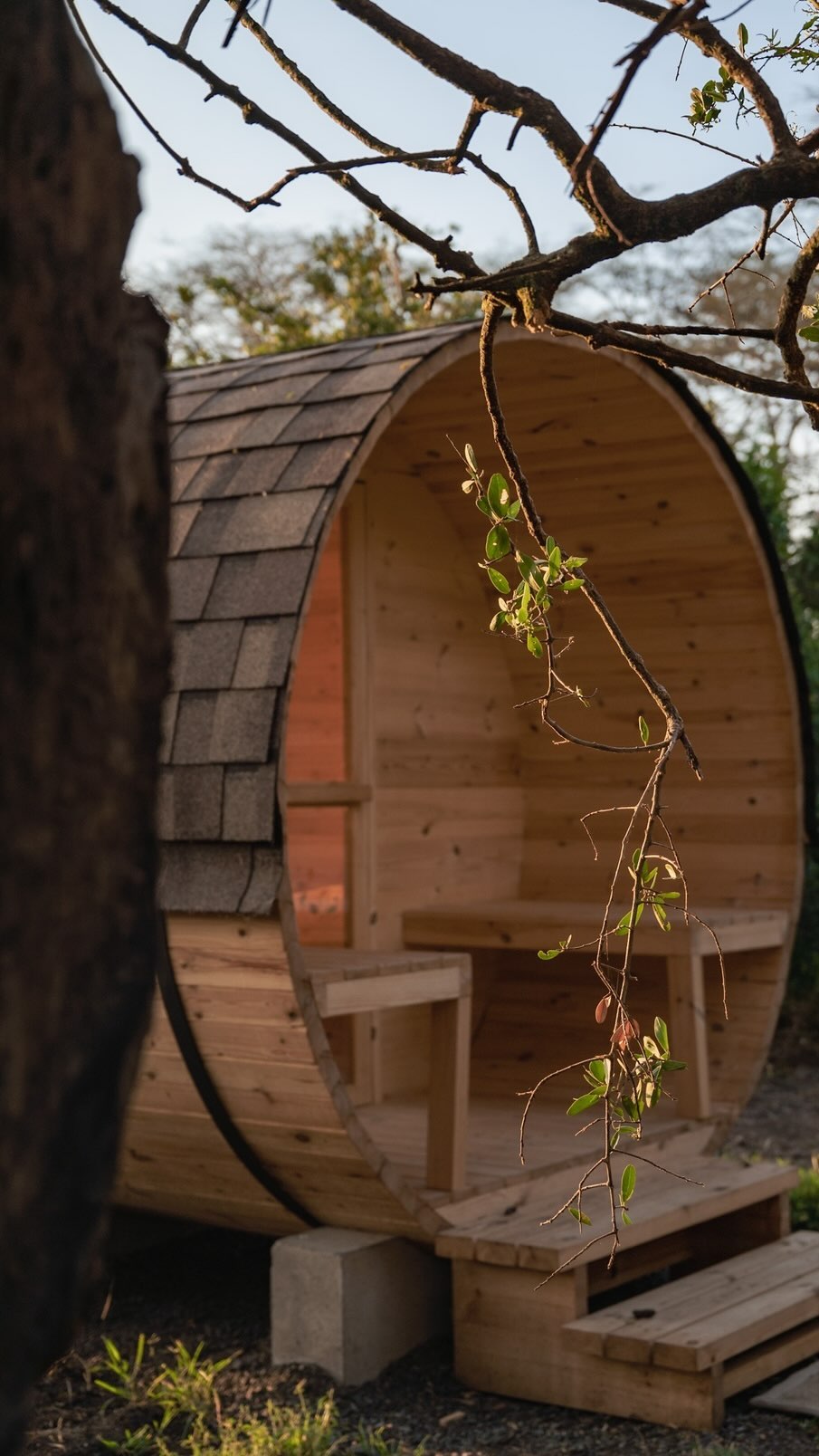

CONNECT & FOLLOW